Carroll Diagrams Worksheets
Carroll Diagrams Worksheets are a valuable tool for educators looking to engage their students in active learning. These worksheets provide a visually appealing way to teach and reinforce important concepts such as categorization and sorting. With clear instructions and child-friendly designs, these worksheets are perfect for primary school students who are eager to explore the world of entities and subjects in a fun and educational way.
Table of Images 👆
More Other Worksheets
Kindergarten Worksheet My RoomSpanish Verb Worksheets
Cooking Vocabulary Worksheet
DNA Code Worksheet
Meiosis Worksheet Answer Key
Art Handouts and Worksheets
7 Elements of Art Worksheets
All Amendment Worksheet
Symmetry Art Worksheets
Daily Meal Planning Worksheet
What are Carroll Diagrams?
Carroll diagrams are a type of visual tool used in mathematics to sort and classify data based on two or more criteria. It consists of a grid divided into different sections, allowing the user to organize information into categories or groups according to specific characteristics. Carroll diagrams are commonly used in primary education to teach students about sorting and classifying data in a structured and visual way.
What is the purpose of using Carroll Diagrams?
The purpose of using Carroll Diagrams is to help organize and categorize data or information into separate groups based on two different criteria. It helps in visually displaying the relationships between two sets of data by breaking down into categories or attributes, making it easier to compare and analyze the information. Carroll Diagrams are particularly useful in educational settings to teach students about sorting and classifying data.
How are Carroll Diagrams typically drawn?
Carroll Diagrams are typically drawn as a large square divided into four quadrants, with two columns and two rows. Each quadrant represents a different set of categories or characteristics, and the items being sorted are placed into the appropriate cell based on whether they have that particular characteristic or belong to that category. The intersection of the rows and columns are used to show items that possess both characteristics.
What type of data can be organized using Carroll Diagrams?
Carroll Diagrams can be used to organize categorical data into two or more categories based on common attributes, such as yes/no, true/false, or specific characteristics.
What are the main components of a Carroll Diagram?
The main components of a Carroll Diagram are categories or criteria that are used to sort items or data into different sections. It typically consists of a grid with columns and rows, where each cell represents a combination of the categories being compared. Items are then placed in the appropriate cell based on whether they meet both, one, or neither of the categories.
How are elements categorized in a Carroll Diagram?
Elements in a Carroll Diagram are categorized based on two characteristics by placing them in quadrants with four categories: elements that have only one characteristic, elements that have the other characteristic, elements that have both characteristics, and elements that have neither characteristic. This categorization helps in organizing and visually representing information for easier comparison and analysis.
Can Carroll Diagrams be used for both qualitative and quantitative data?
Carroll Diagrams are primarily used for categorizing and sorting data of a qualitative nature, where items are grouped based on two separate criteria. While they are not commonly used for quantitative data analysis, they can potentially be adapted to visually represent relationships within quantitative data by creating categories or groups based on specific criteria. However, other visual aids such as bar charts, line graphs, and pie charts are more commonly employed for quantitative data analysis due to their ability to effectively display numerical values and trends.
What skills can be developed by using Carroll Diagrams worksheets?
By using Carroll Diagrams worksheets, individuals can develop skills such as classification, categorization, logical reasoning, and critical thinking. Working with Carroll Diagrams helps improve problem-solving abilities, pattern recognition, and decision-making skills. Additionally, it enhances visual-spatial skills, as individuals need to analyze and organize data based on specific criteria. Overall, using Carroll Diagrams worksheets can strengthen a person's ability to organize information efficiently and draw accurate conclusions based on given data.
What are some common applications of Carroll Diagrams?
Common applications of Carroll Diagrams include organizing and categorizing data, facilitating decision-making processes by allowing for clear visualization and comparison of various attributes, aiding in problem-solving activities by identifying patterns and relationships among different elements, and supporting educational activities, especially in mathematics and logic classes, to teach sorting, classification, and logical thinking skills.
How can Carroll Diagrams be used to analyze and compare data?
Carroll Diagrams, also known as logic diagrams, can be used to analyze and compare data by organizing information into categories based on specific criteria. By creating a grid with labeled rows and columns, data can be sorted and compared based on different attributes or characteristics. This visual representation helps identify patterns, relationships, and differences within the data, making it easier to draw conclusions and make comparisons between different groups or categories.
Have something to share?
Who is Worksheeto?
At Worksheeto, we are committed to delivering an extensive and varied portfolio of superior quality worksheets, designed to address the educational demands of students, educators, and parents.

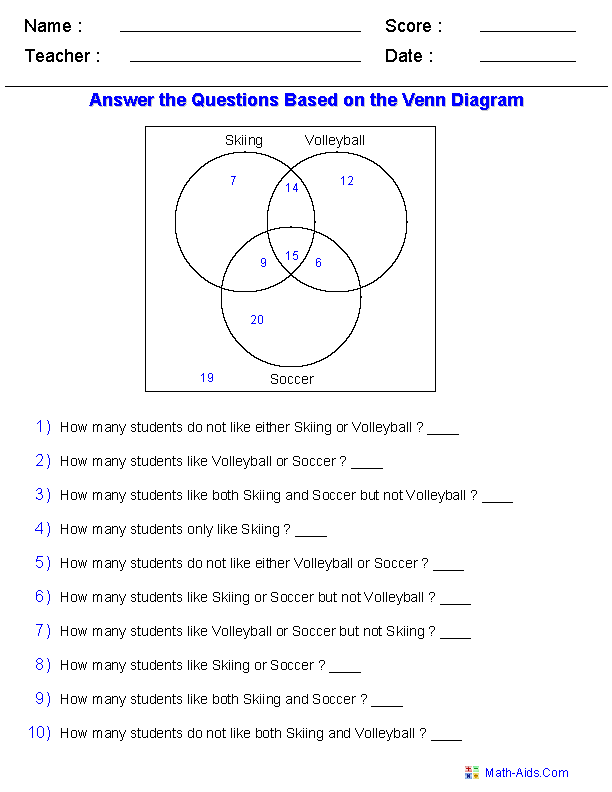




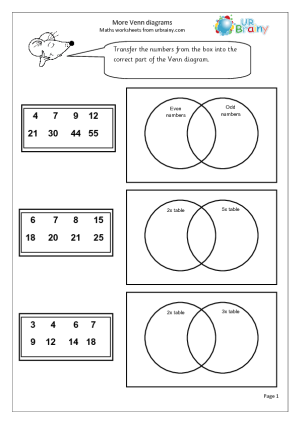
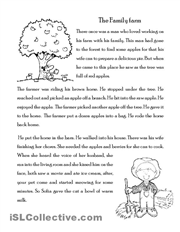
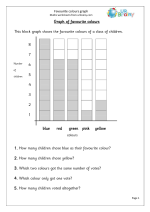

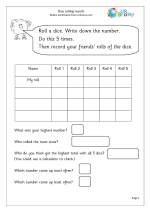














Comments